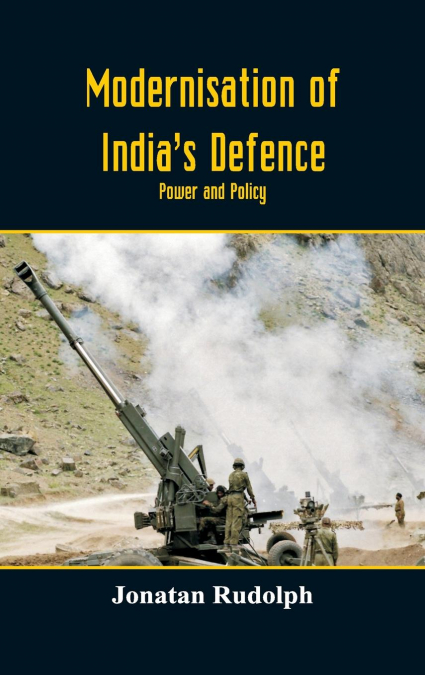
Jonatan Rudolph
The Indian Army is the third largest army in the world in terms of size, based on the number of personnel. But this description obfuscates the fact that it is not as powerful as what such a portrayal should signify, in terms of its capacity to undertake military operations optimally in the multi-domain, technology dominated battlefields of the future. The developments in India’s immediate neighbourhood over the past decade have led India to take a close look at her foreign and security policies. There is a widely sensed need for the rapid modernisation of the Indian armed forces, which is being reflected in some of the key initiatives that have been taken up by the Indian government so far (such as Make in India), so as to address to the complex security challenges that emanate from its hostile neighbourhood. India seems to be modernising its military and its nuclear capabilities keeping an eye on China. India's declared policy is of nuclear deterrence and no first strike. However, the modernisation program, particularly the ballistic missiles program, shows that India is intent on bringing the whole of China in its strike range. India's threats and challenges in the military realm primarily emanate from the historically inherited territorial disputes involving its two nuclear armed neighbours, over which five wars have already been fought. The growing nexus on military and nuclear matters between our potential adversaries suggests that, unlike in the past, India may face a ‘two front threat’, the next time round. The fact that the existing territorial disputes are ‘land-centric’ highlights the pre-dominant role of the Army in the Indian security context. The present defence setup, have critically analysed all the factors and suggested ways to fully modernize our defence structure in order to make the book a guiding tool for the defence authorities as well as students at large.